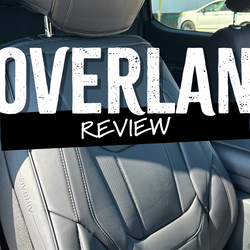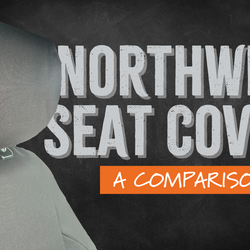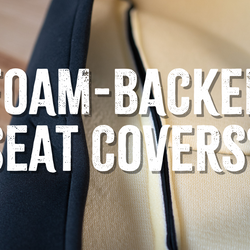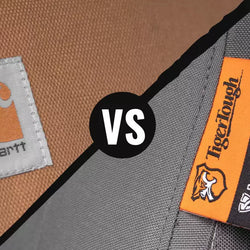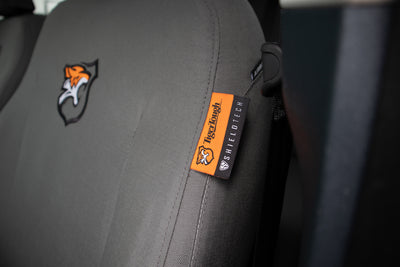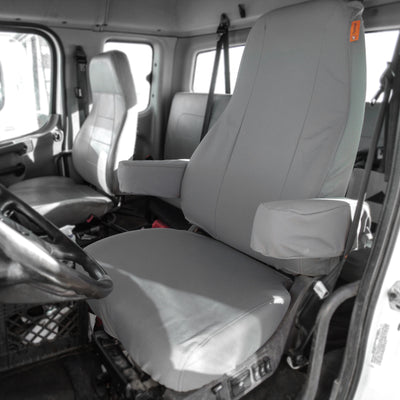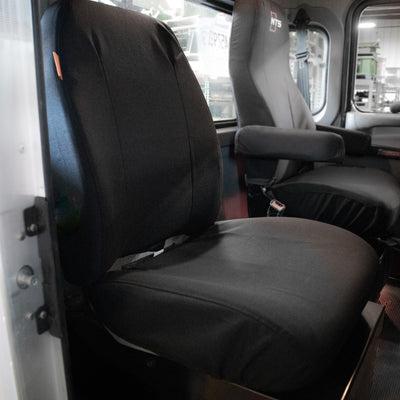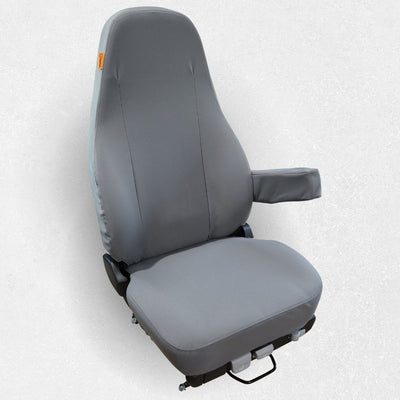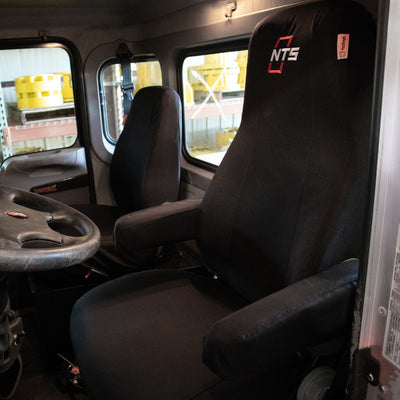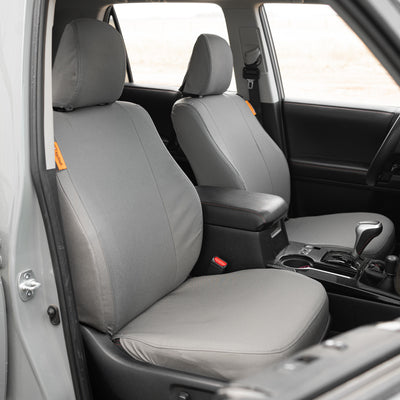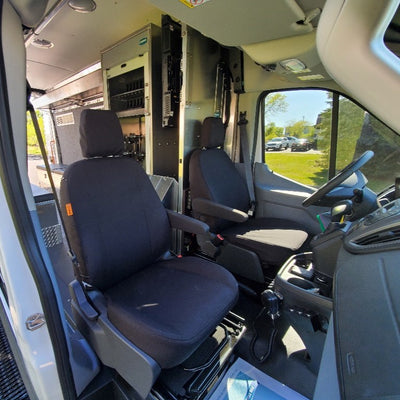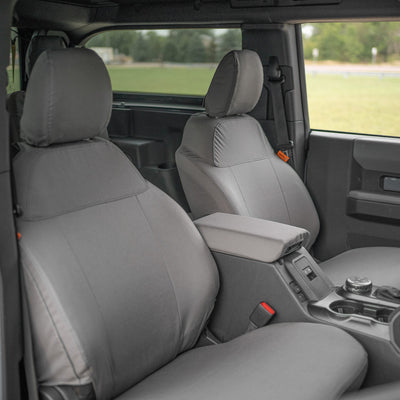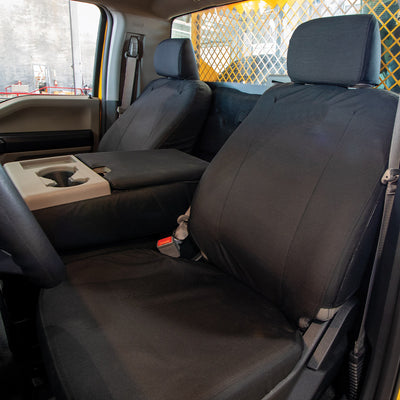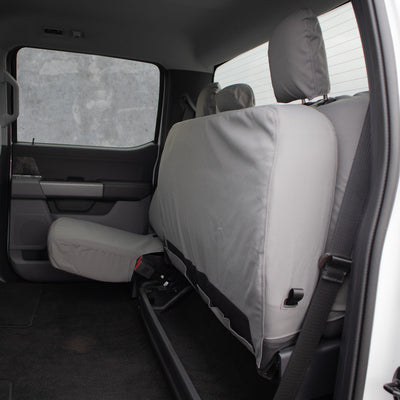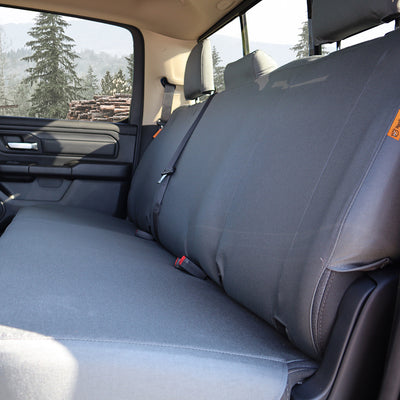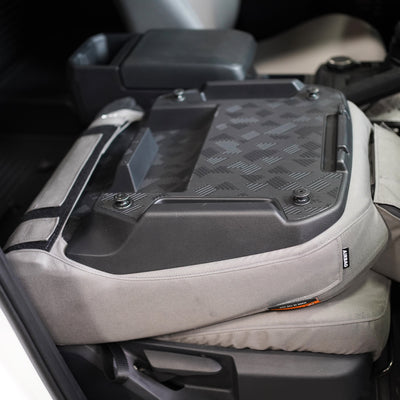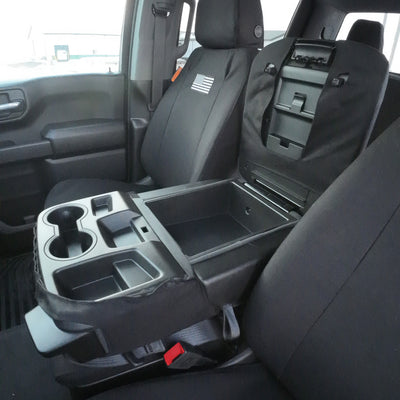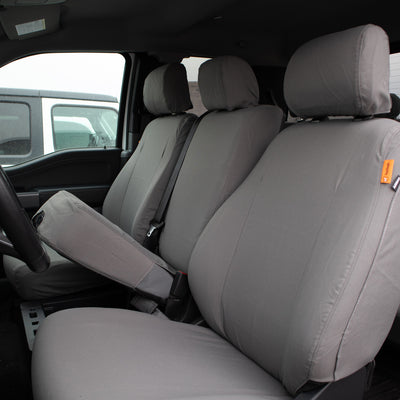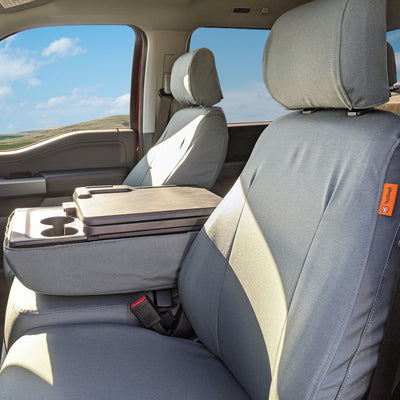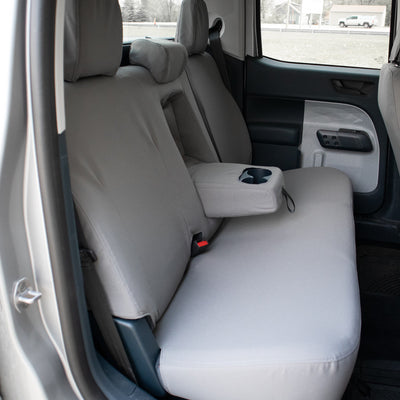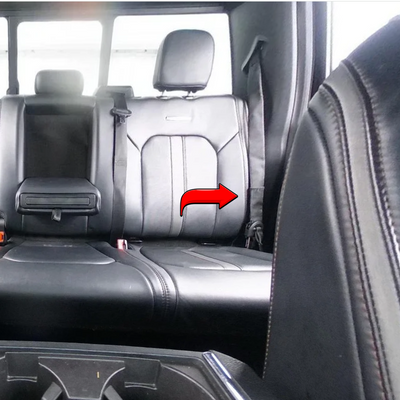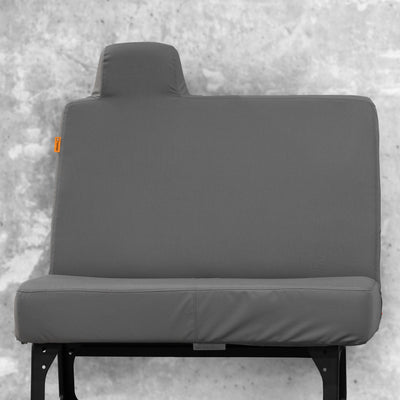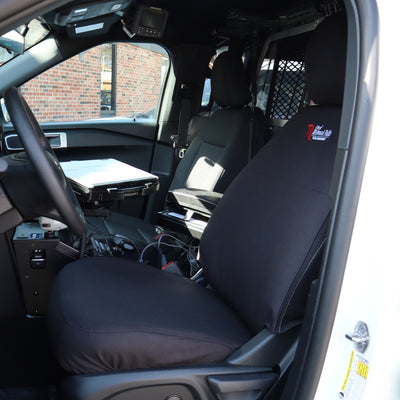What are the best seat covers for heated seats?
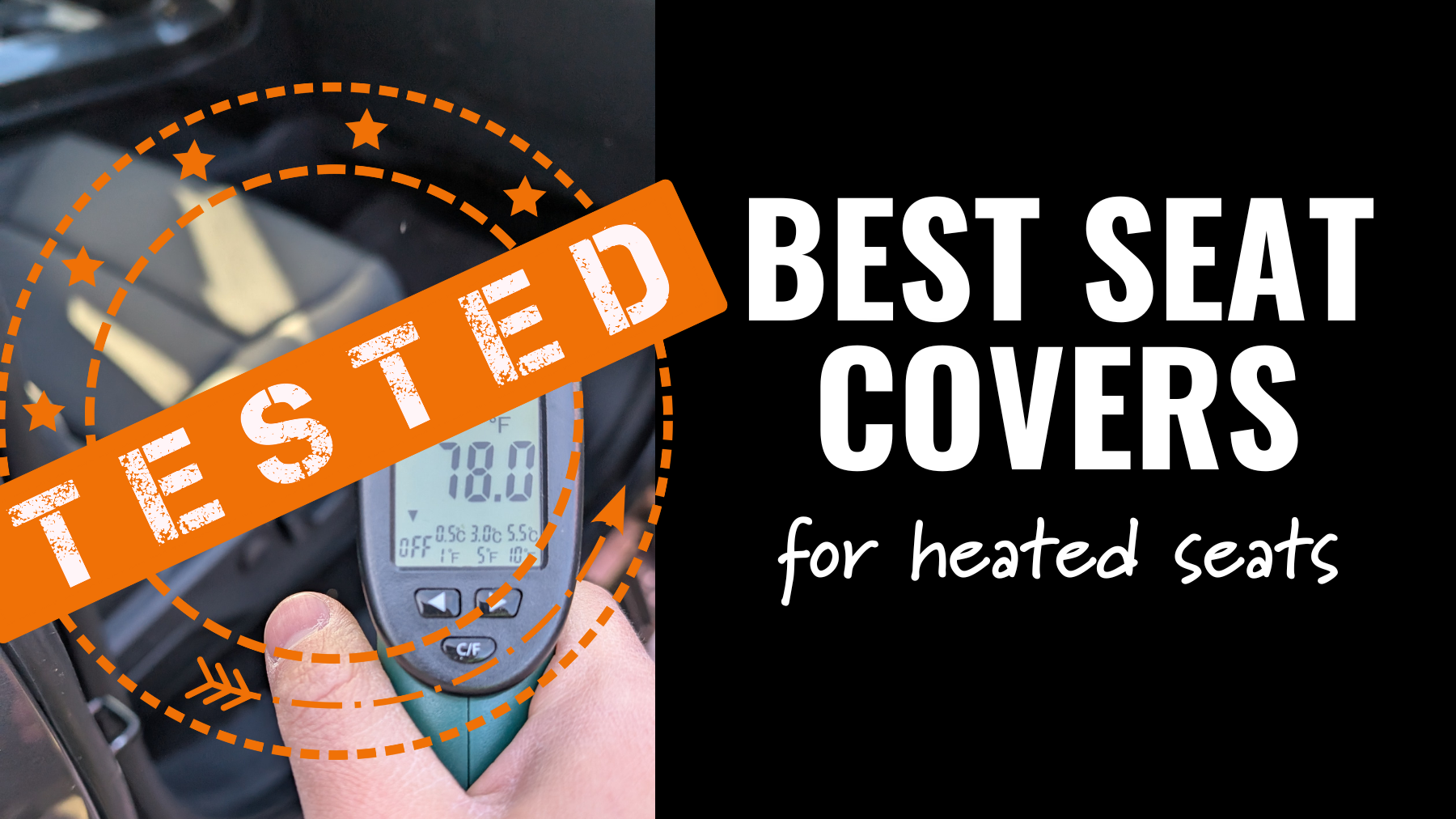
Seat covers are safe with heated seats, but we found that the material of the seat cover has a massive impact on how well the seat heat passes through the covers. That makes sense. The thicker the material, the longer it will take to feel the heat. But it turns out it also limits the total amount of heat you can feel through your seat.
The Heated Seat Test
We tested the seats of a Ford F150 with an outside temp of 10°F here in Vesta, MN. The starting temp of the seat was 15°F, and we set the truck’s heat to 65°F. We let the vehicle cool down completely between each test–good thing we started early!
So, breaking it down:
- Outside temperature: 10°
- Seat starting temperature: 15°
- Truck temperature set at: 65°
- Temperature was read at five-minute intervals for each cover
- We did two temperature checks at each interval
- The vehicle cooled down completely between each test
We tested four types of seat covers. Beyond our own brand, we won’t mention the brand names of the other covers we tested. But we can tell you that we reviewed them all, which is why we had them on hand.
Here’s the lineup:
- Factory seats (so a bare seat without a cover)
- TigerTough seat covers, made with CORDURA
- Polyester seat cover with foam backing
- Neoprene seat cover with foam backing.
The Results
Here are the results. We included both readings we did on each seat cover situation:
Seat Type |
Seat Temp at Start |
Seat Temp After 5 Minutes |
Seat Temp After 10 Minutes |
Seat Temp After 15 Minutes |
| Factory Seat | 13.5°F, 15.4°F | 69.5 °F, 66.7°F | 70.9 °F, 69°F | 78 °F, 80.1°F |
| TigerTough | 20.1 °F, 19.8°F | 59.8 °F, 58.9°F | 77 °F, 75°F | 78 °F, 76.6°F |
| Polyester with Foam | 22 °F, 22°F | 50 °F, 50°F | 64 °F, 66°F | 63.9 °F, 64°F |
| Neoprene with Foam | 24 °F, 22°F | 54 °F, 54°F | 61 °F, 62°F | 60 °F, 61.4°F |
It makes sense that the thinnest cover yields the best results, but we actually expected the TigerTough seat cover to block a little heat, so we were pleasantly surprised that it was pretty much on par with the bare factory seat.
Seat covers are safe with heated seats, but the temperature with the foam-backed seats likely won’t be as warm as the bare seat or a thin seat cover, but they will still get toasty. We didn’t have a great way to test the temperature of the foam-backed seats when applying pressure (like having someone sit in them), but we imagine that once you compress the foam with your body weight, you’ll feel more of that heat come through.But overall, the best seat cover with heated seats is one that isn’t lined with foam.
Recent Posts

Best Hunting Seat Covers for Your Truck
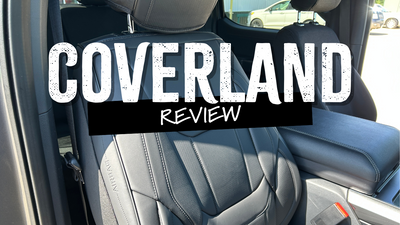
Comparing Coverland and TigerTough Seat Covers
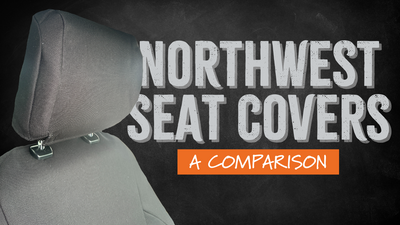
TigerTough vs. Northwest Seat Covers: A Side-by-Side Review

